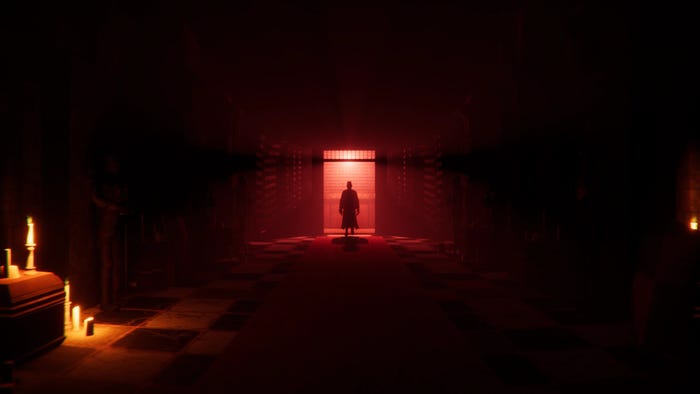The US Air Force Research Laboratory in Rome, NY has awarded Stottler Henke Associates a $750,000 two-year contract to develop an artificial intelligence-based adversary ...

The US Air Force Research Laboratory in Rome, NY has awarded Stottler Henke Associates a $750,000 two-year contract to develop an artificial intelligence-based adversary modeling tool that can realistically and dynamically portray the behaviors of opposing forces for Course of Action (COA) analysis. Once completed, the tool, called MADCAP (Modeling Adversaries for COA Assessment via Predictive Simulation), will also have applications in commercial video game development as well. In addition, game designers will be able to use MADCAP to imbue characters with clever behavior which is not simply scripted and predictable, but adapts as the situation changes. As a result, the game player's experience will be more engaging and challenging. Similar to other Stottler Henke products such as the SimBionic and SimVentive simulation and game authoring tools, MADCAP is designed for use by non-programmers. The software will enable users who are not software programmers but are subject matter experts -- such as military analysts and intelligence personnel -- to build models of how forces would react under specific battle scenarios, ultimately providing a realistic simulation tool through which U.S. military commanders can better plan for battle. "At Monolith Productions, our planning system was critical to the success of the AI for F.E.A.R., but it was a major development effort," said Jeff Orkin, AI developer of Monolith's F.E.A.R. and No One Lives Forever 2. "A tool like MADCAP could have dramatically accelerated our AI development and provided designers with more control. I am convinced that planning systems are the future for modeling character behavior, and MADCAP will give developers a huge head start." MADCAP enables simulation and game designers to develop goal-driven intelligent behaviors using a two-tiered approach. SimBionic behavior transition networks enable game designers to draw flowchart-like diagrams to specify decision-making logic for each game character. A hierarchical task network planner then enables game characters to achieve their goals by dynamically constructing plans from a library of plan fragments. These two reasoning methods are tightly integrated, so they can be combined easily to build game characters and simulated forces that think and act quickly yet strategically. MADCAP has two core components: A visual editor to specify how the user wants opposing (red) forces to act, based on an array of behaviors and tactics at their disposal (rather than precise scripting of each step), and an engine that plugs into a simulation to control the red forces during a COA analysis. Stottler Henke expects to deliver an initial version of MADCAP integrated into a designated Air Force COA simulation in 2007. The company also plans to offer MADCAP capabilities in a commercial product in 2007.
About the Author(s)
You May Also Like









